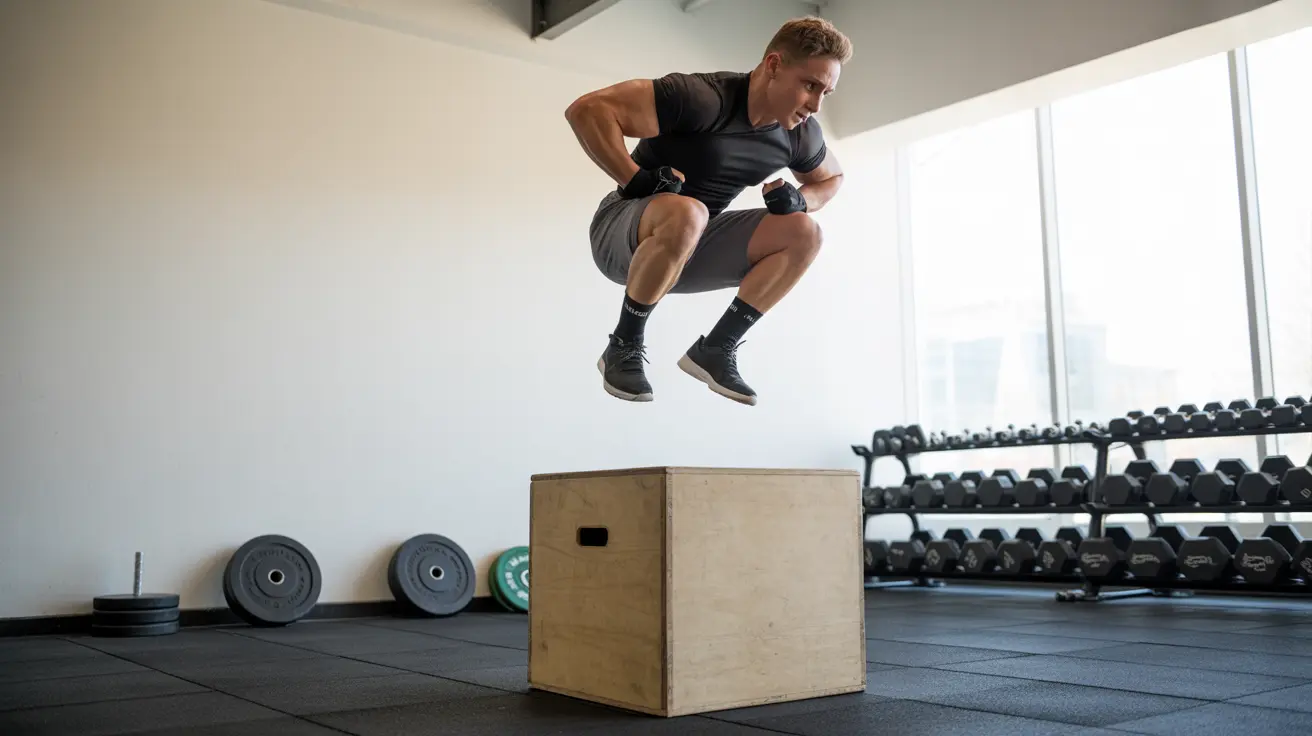Whether you're an athlete looking to improve your game or simply want to enhance your vertical leap, learning how to jump high effectively and safely is a valuable skill. The key to achieving impressive jumping height lies in combining proper technique, specific training exercises, and consistent practice.
In this comprehensive guide, we'll explore proven methods to increase your jumping ability while maintaining safety and preventing injuries. From fundamental exercises to advanced training techniques, you'll learn everything you need to elevate your vertical jump.
Foundation Exercises for Increasing Jump Height
Before diving into complex jumping routines, it's essential to build a strong foundation through basic exercises that target the key muscle groups involved in jumping.
Lower Body Strength Training
Developing lower body strength is crucial for improving your jumping ability. Focus on these fundamental exercises:
- Squats (traditional and jump variations)
- Lunges (forward and lateral)
- Deadlifts
- Calf raises
- Bulgarian split squats
Plyometric Training
Plyometric exercises are crucial for developing explosive power necessary for jumping higher. Include these exercises in your routine:
- Box jumps
- Depth jumps
- Broad jumps
- Bounding exercises
- Jump rope variations
Proper Jump Training Frequency
To see significant improvements in your jumping ability while avoiding overtraining, structure your training schedule carefully. Aim for 2-3 dedicated jumping sessions per week, allowing 48 hours of recovery between sessions to prevent injury and ensure optimal muscle adaptation.
Safe Landing Technique
Proper landing technique is crucial for preventing injuries and maintaining long-term jumping ability. When landing:
- Bend knees and hips to absorb impact
- Land softly on the balls of your feet
- Keep your chest up and core engaged
- Maintain proper alignment of knees over toes
- Avoid landing with straight legs
The Role of Flexibility and Warm-up
Proper flexibility and warm-up routines are essential for maximizing your jumping potential and preventing injuries. Before any jumping session:
- Perform 10-15 minutes of light cardio
- Include dynamic stretching exercises
- Focus on hip mobility drills
- Practice ankle flexibility exercises
- Incorporate light jumping movements
Advanced Training Considerations
Once you've mastered the basics, consider incorporating these advanced training elements:
- Resistance band training
- Medicine ball exercises
- Olympic lifting variations
- Speed and agility drills
- Core stability work
Frequently Asked Questions
What are the best exercises to help me jump higher quickly and safely?
The most effective exercises for improving jump height include squats, box jumps, depth jumps, and calf raises. Combine these with plyometric exercises while maintaining proper form to see quick and safe improvements in your vertical jump.
How often should I perform jump training exercises to increase my vertical leap?
Perform jump training exercises 2-3 times per week with at least 48 hours of rest between sessions. This frequency allows for adequate recovery while maintaining consistent progress in your jumping ability.
What is the proper technique for landing to avoid injuries when jumping?
Land softly on the balls of your feet, bend your knees and hips to absorb impact, maintain proper knee alignment over your toes, and keep your core engaged. Avoid landing with straight legs to prevent injury.
Can strength training alone improve my vertical jump, or do I need plyometric exercises too?
While strength training is important, combining it with plyometric exercises provides the best results. Strength training builds the foundation, while plyometrics develop the explosive power necessary for higher jumps.
How does warming up and flexibility affect my ability to jump higher?
Proper warm-up and flexibility routines increase muscle elasticity, improve range of motion, and enhance power output. This leads to better jumping performance and reduced risk of injury. Always include both dynamic stretching and light cardio before jump training.




